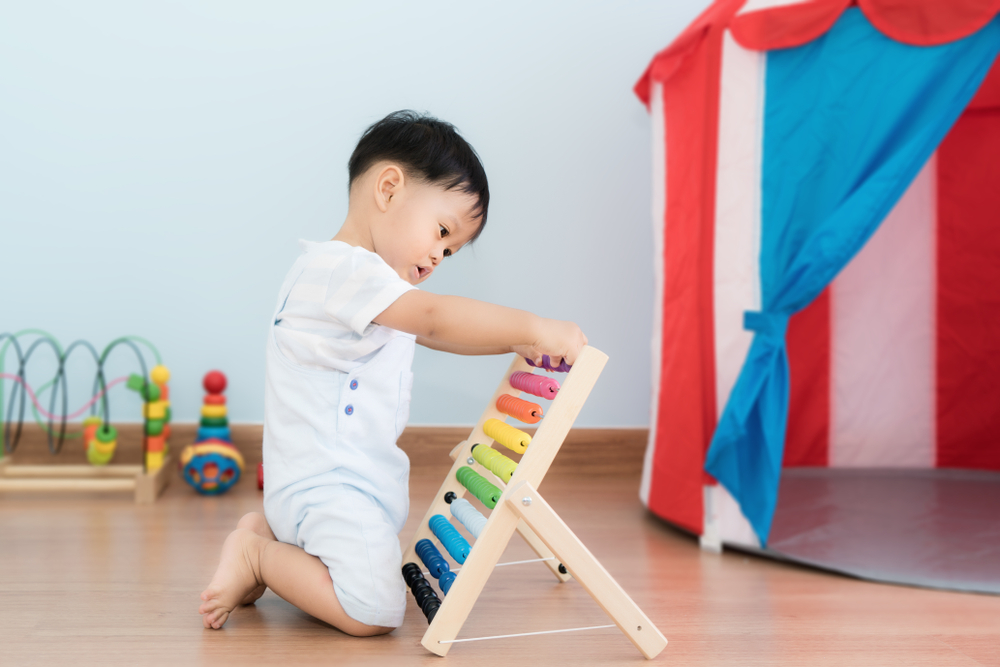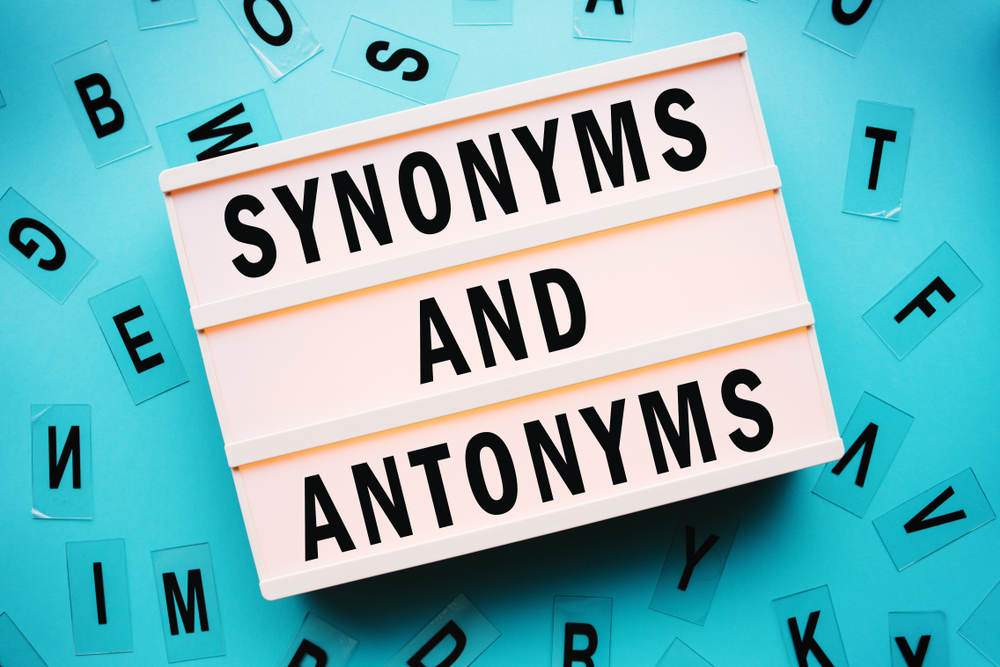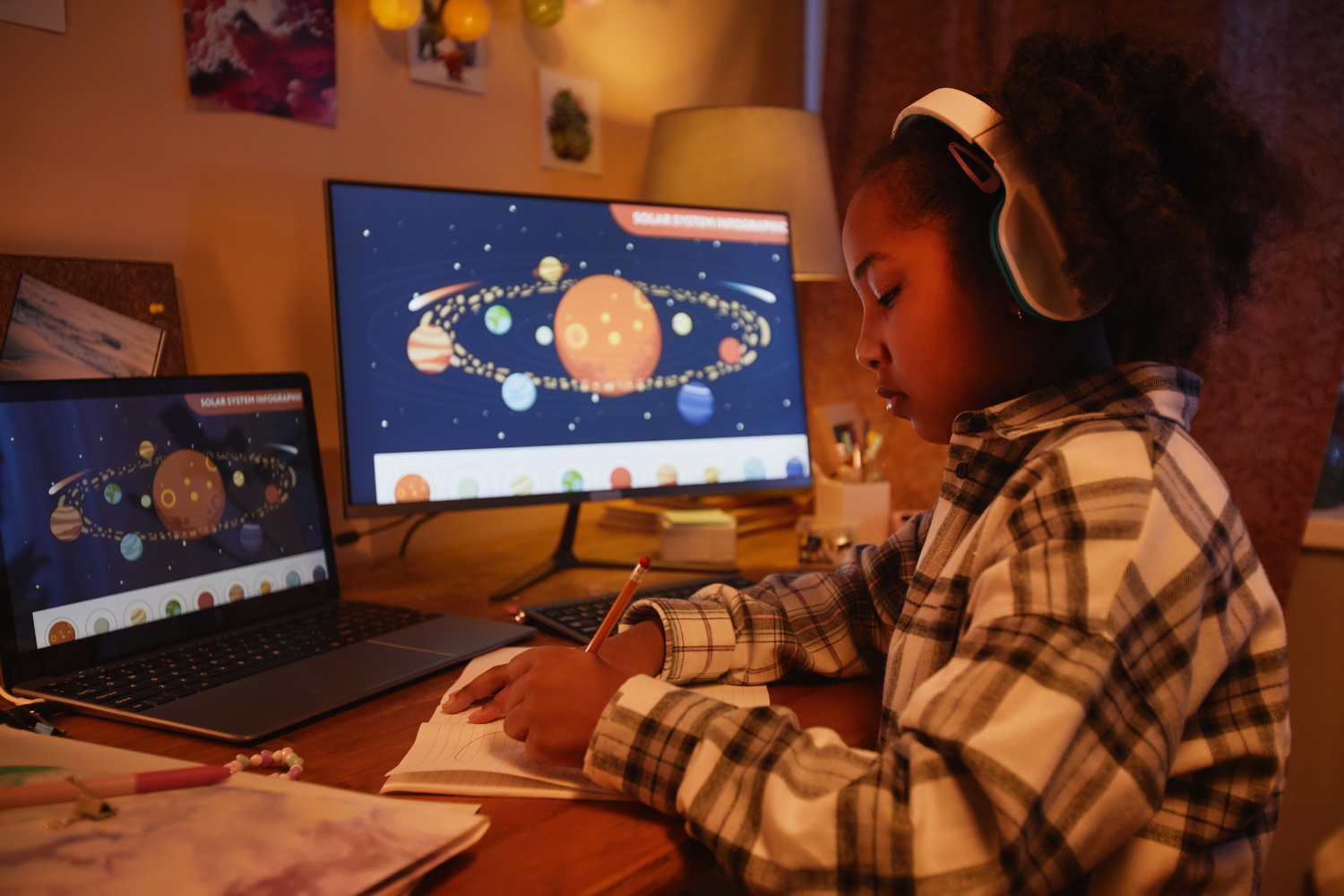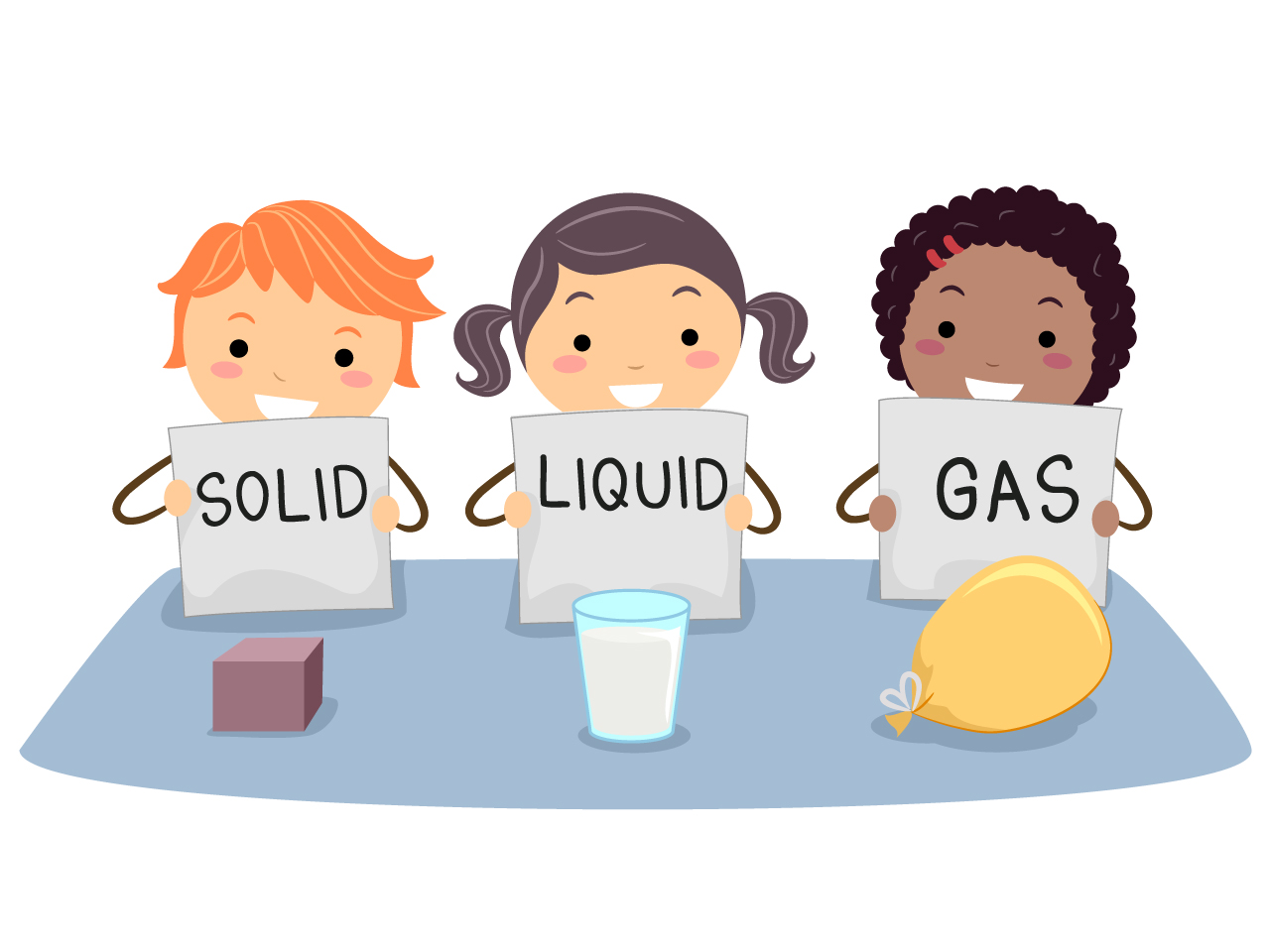Fun Physics Experiments for Kids
Nov. 20, 2017
The word physics might strike fear in the hearts of high school teenagers everywhere, but in reality, physics is fun! Kids just love exploring the wonders of our world, like magnetism, states of matter, and even the weather. Let’s see what the physical world can teach us with fun kids’ physics experiments that will fascinate and delight your little scientist!
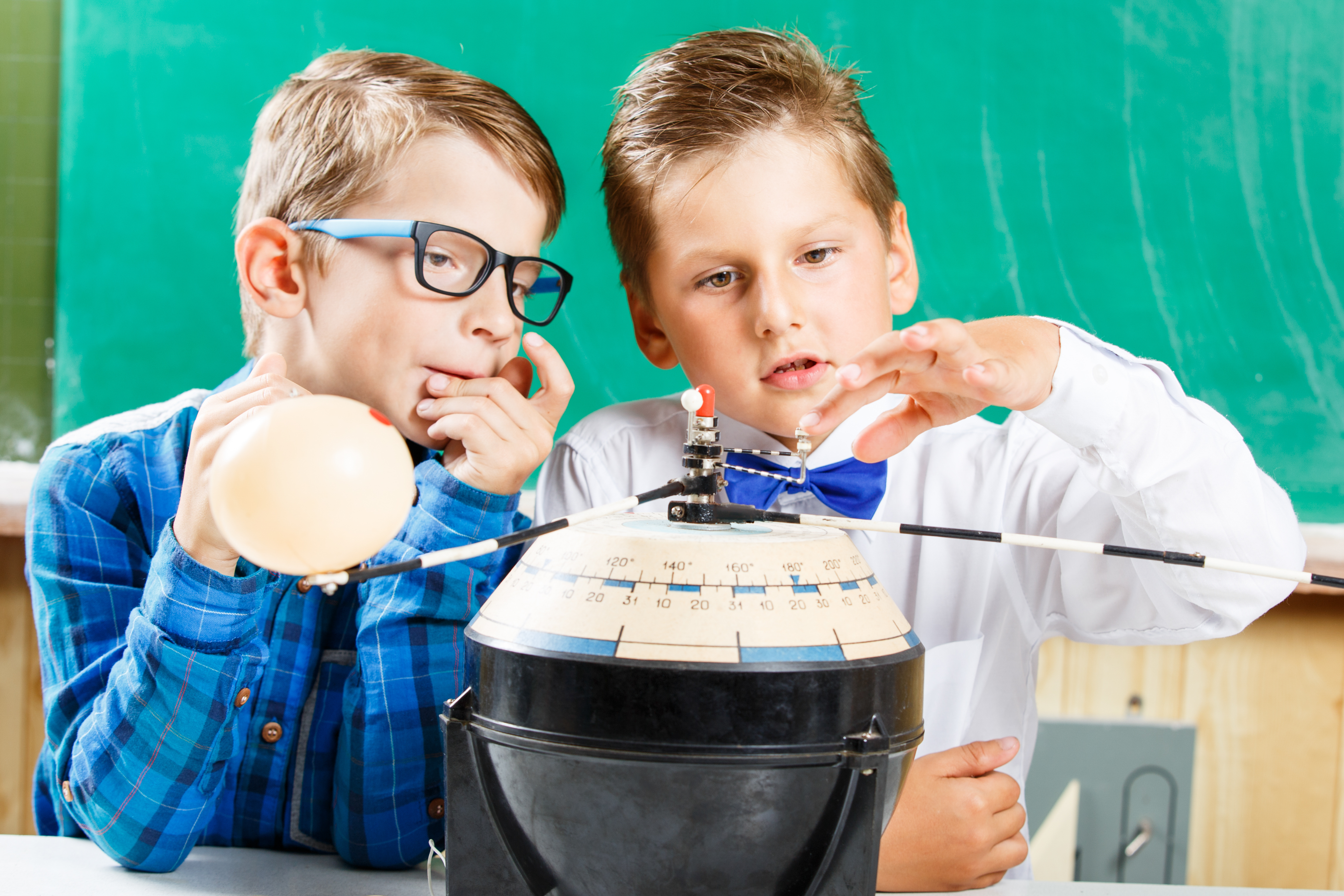
A Tasty Experiment to Drink
Here’s an easy edible density experiment your child is guaranteed to love!
How it Works:
Juices have different sugar content, meaning one juice might have a higher density than another. The more fruit pulp or sugar in a juice, the denser it is. By stacking juices that have a lighter density on top of one another, you can make a layered drink in which the juices do not mix!
What you’ll need:
- Juices with varying densities. To do this, find juices that have different sugar levels. Try orange, white grape, and cranberry or pomegranate
- 2 narrow glasses (the narrower, the better!)
- An eye dropper
What to do:
Assist your child in making predictions! Create a hypothesis and think about which juices might sit at the bottom, while another one might be in the middle or the top. Help your little scientist write down the predictions. Using the prediction, take the juice your child thinks will sit at the bottom of the glass and pour a few ounces of juice in one of the glasses.
- Using the eye dropper, start experimenting! One by one, place a droplet of one of the other juices on the side of the glass, so it slides down into the juice in the glass. Watch to see what happens—if the droplet mixes in with the juice, it has the same density as the juice already in the glass. If the droplet sits on top of the juice, that juice has a lighter density. If it sinks to the bottom, it is heavier.
- Experiment with all the juices until you find those that should be on the bottom, middle, and top of the glass.
- Take the remaining clean glass and build your drink! Layer using the results of your eyedropper experiment and watch your layered drink stack up!
A Magnet of Their Own
This activity will put the power in your child’s hands as he or she creates a magnet of their own! The following magnet needles can be used for other physics activities for kids!
How it works:
Did you know that some objects can be magnetized? That means magnetism can be passed from a magnet to certain objects. Your child will love exploring magnetism by learning to make their own magnet using a sewing needle!
What you’ll need:
- A magnet
- Sewing pins
- Sewing needles
What to do:
- Help your child pick up the sewing needle carefully by the eyehole.
- Using the magnet, stroke the needle in the same directions at least 30-50 times.
- Test your needle on the pins to be sure the magnetism has transferred!
Make a Homemade Compass
Not only is magnetism cool, but your child will be excited to learn that the world is basically a big magnetic ball when they create their own homemade compass!
How it works:
The Earth is like a huge magnet that pulls all other magnets towards its north pole. Using a magnet and a few other supplies, it’s possible to make a compass that points from north to south.
What you’ll need:
- A small bowl of water
- A sliced piece of cork
- Magnetized needle
What to do:
- Fill the bowl with a just a few inches of water.
- Place the sliced cork in the middle of the water, allowing it to float.
- Lay the needle on the cork, and watch it align from north to south!
You might wonder which side of the needle is facing north or south. To find this out, look out for your shadow! If you are north of the equator, your shadow will point north. If south of the equator, your shadow will point south. Exapnd your background about magnets with this fun magnetic or non-magnetic maze!
Cloud Creation
Who says we can’t control the weather? This experiment will allow your child to make weather of their own by creating a cloud!
How it works:
Clouds are formed when warm air meets with cool, moist air. We can replicate this process in a glass jar on a cool fall or spring day!
What you’ll need:
- A 2-liter glass jar—you can find these in the canning section of a superstore or online. Don’t use plastic, because the mouth may melt!
- A lighter or match
- A candle
What to do:
- This experiment works best on a cool, calm day. First, head outside armed with your supplies.
- Use the lighter or match to light the candle. Help your child hold the candle just inside the mouth of the bottle. Hold the candle there for about 10 seconds.
- Wait for the bottle to cool enough to touch. Put your mouth around the bottle and blow!
- Pull away from the bottle and watch a cloud form inside!
Give these experiments a try and fascinate your child with fascinating physics! Not only will your little learner explore the physical world, they’ll build vital STEM-based skills to lay a solid foundation for lifelong curiosity and learning!


